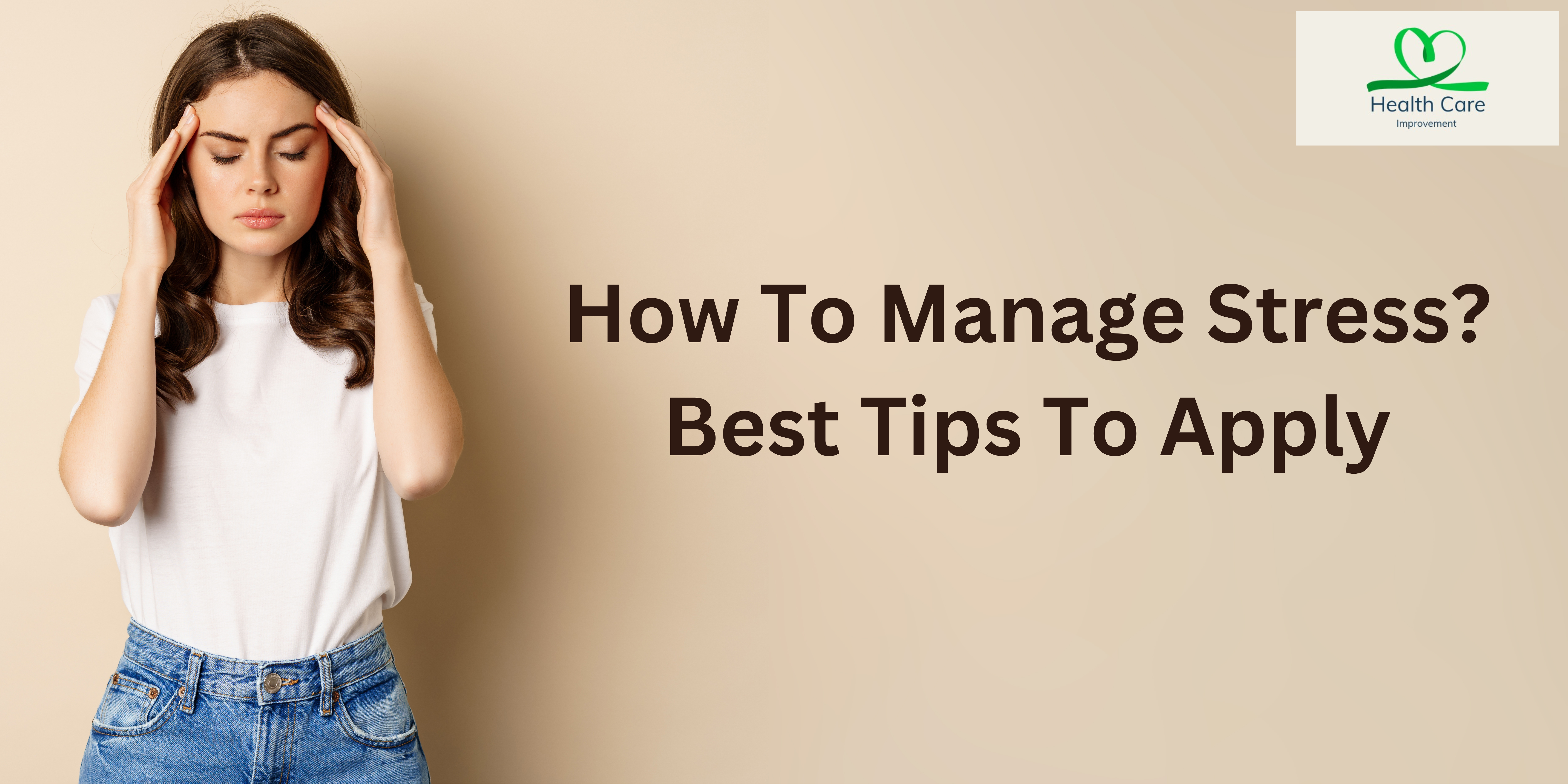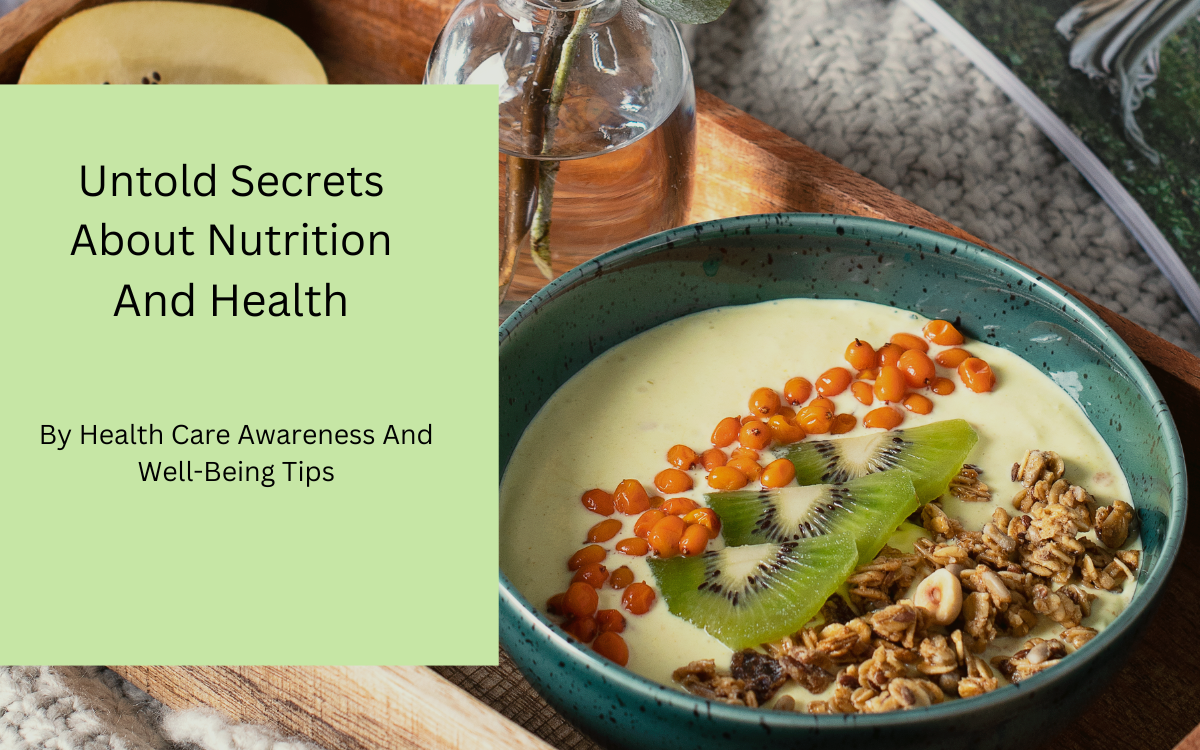1. Introduction
In recent times, news of thousands of tonnes of adulterated ghee being seized has shocked many. The purity of ghee, is an age-old treasure, is now being compromised by unscrupulous practices. But fear not, knowledge is our shield. Together, let’s explore the essence of this , by uncovering its authentic beauty and learning to discern the genuine from the fake.
Table of Contents
2. What is Ghee?

Ghee, also known as clarified butter, is more than just a cooking ingredient; it is a symbol of tradition, nourishment, and purity. Its golden essence and rich aroma have graced kitchens and rituals for centuries, offering not only culinary delight but also medicinal and spiritual benefits. Derived from cow’s milk, ghee is a powerhouse of nutrients, enhancing the flavor and digestibility of food.
3. The Modern crisis of Adulterated butter.
In an age where profit often trumps integrity, the rise of this is a shocking reality. This counterfeit product is often mixed with harmful additives like vanaspati, palm oil, or even chemicals that pose serious health risks. The violation of this sacred food item strikes at the very heart of our heritage, making it imperative to arm ourselves with the knowledge to identify true one.
4. How to Identify which one is Fake.
Identifying fake can seem daunting, but a few simple tests can reveal the truth:

- Smell Test: Authentic one has a rich, nutty aroma. If it smells artificial or has no scent, it may be adulterated.
- Texture and Color: Real one solidifies at room temperature, forming a grainy texture. It should be golden yellow. Fake often appears white or remains liquid.
- Taste Test: Genuine one has a distinct, rich flavor. Adulterated versions may taste bland or oily.
- Freezing Test: Pure solidifies uniformly when refrigerated. If it separates into layers, it’s likely mixed with other fats.
- Burn Test: When heated, true one melts and turns brownish without sputtering. Adulterated one may bubble and release an unpleasant odor.
5. making process.
The process of producing this product involves meticulous attention to detail and a considerable amount of time. It typically commences with the heating and subsequent cooling of fresh cow’s milk to create curd, or yogurt. The curd is then churned in order to extract butter from it. This butter is then heated slowly over low heat, allowing for the separation of water and milk solids. The resulting liquid is ghee, which possesses a rich golden hue after being filtered and carefully stored.
Uncovering The Secrets Of Virat Kohli’s Diet : Journey To Optimal Health.
Uncovering The Secrets Of Virat Kohli’s Diet : Journey To Optimal Health.
6. Ancient Methods .
Our ancestors perfected the art of making this, with methods that honored the integrity of the ingredients. The Vedic method, one of the oldest, involves boiling raw milk and turning it into curd over several hours. This curd is churned using a wooden churner, traditionally in the early morning when the ambient temperature is low, ensuring the butter retains its quality. The butter is then simmered over a cow dung cake fire, believed to impart a unique flavor and energy to the it. This process, though time-consuming, ensured that it was imbued with the purest essence of the ingredients and the environment.
Images are taken from https://www.istockphoto.com/.
7. Conclusion
In a world where the essence of purity is increasingly under threat, understanding the true nature of it and how to identify its authenticity is crucial. By returning to the roots and appreciating the meticulous processes of our ancestors, we can ensure that what graces our tables is nothing short of the golden elixir that ghee is meant to be. Let us cherish and protect this heritage, keeping the spirit of genuine nourishment alive for generations to come.
Faq’s Realted to Fake Ghee.
Is ghee healthy?
Yes, it is rich in healthy fats, vitamins, and antioxidants, making it beneficial for digestion, immunity, and overall health when consumed in moderation.
What is the traditional method of making ghee?
The traditional method involves boiling milk to make curd, churning the curd to extract butter, and then simmering the butter to produce ghee.
Why is adulterated ghee harmful?
Adulterated one’s often contains harmful additives and chemicals, which can pose serious health risks, unlike pure one which is natural and nutritious



